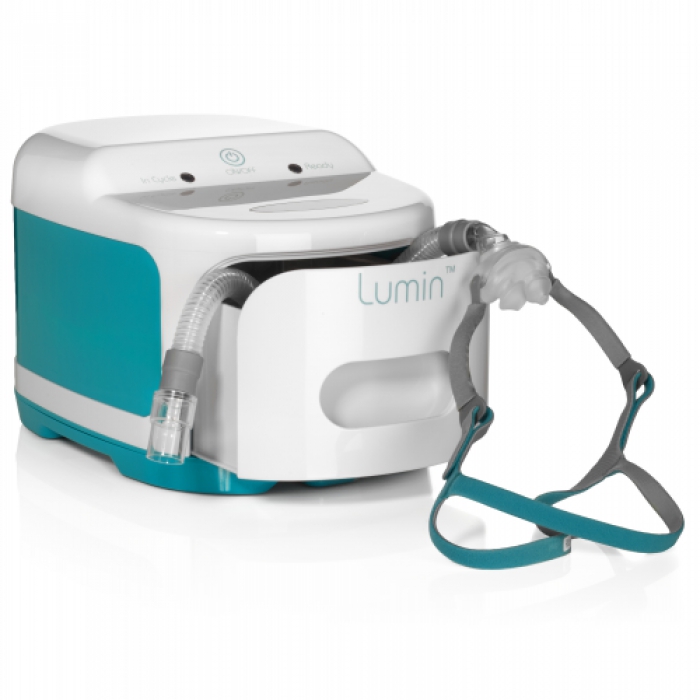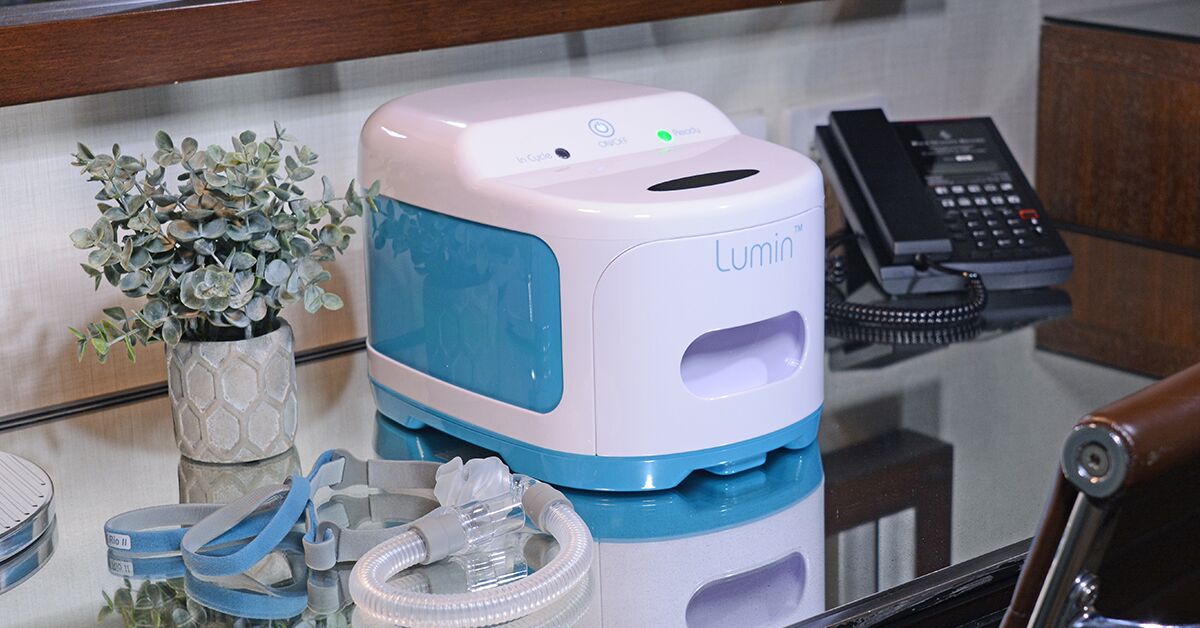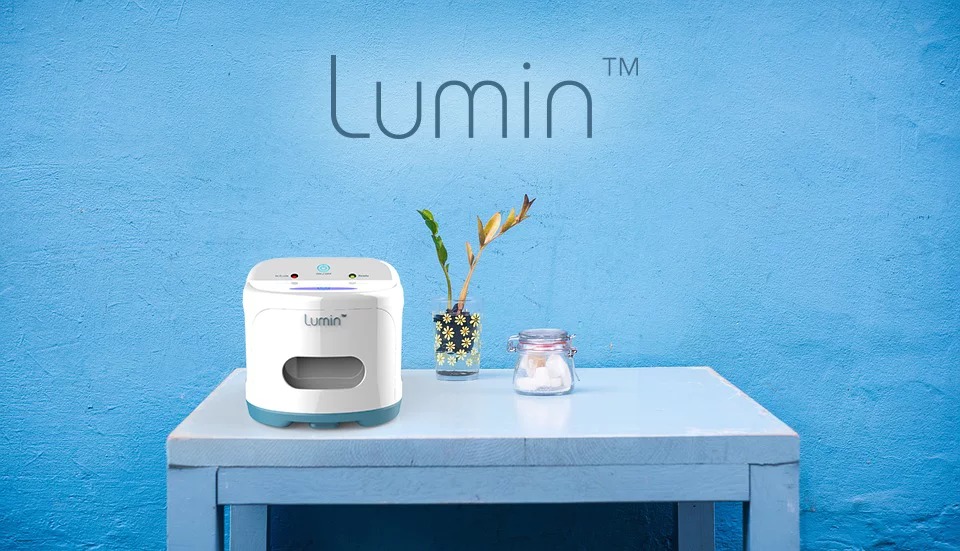Continuous Positive Airway Pressure (CPAP) machines are a revolutionary solution for those suffering from sleep apnea. These machines provide a steady airflow to keep your airways open while you sleep. Hence, CPAP therapy is effective in boosting oxygen intake while significantly reducing sleep apnea events. However, just like any other medical treatment, CPAP therapy does have certain minor complications. Understanding these side effects and finding out ways to manage them can lead to success with therapy while improving long-term comfort.
Common Negative Side Effects of CPAP
Here are some common CPAP machine side effects:
- Skin irritation due to ill-fitting masks.
- Dry nose and mouth due to constant airflow.
- Sinus discomfort and nasal congestion.
- Claustrophobia and challenge in adapting to the therapy.
- Eye irritation due to air leakage around the mask.
If not managed properly, these issues can cause people to skip their therapy. But don’t worry. These complications are easy to overcome by making small adjustments to your equipment, a proper sleep routine, and ongoing care.
CPAP Machine Long Term Side Effects
Here are certain CPAP machine long term side effects that some people are likely to suffer from:
- Persistent dry mouth and eyes for months.
- Facial and jaw change because of using masks for the long term.
- Feeling dependent on the machine for restful sleep.
- Continuous sinus infections if the CPAP machine is not properly cleaned.
One can also avoid these long-term effects with proper care of their CPAP equipment. With a well-maintained CPAP setup, properly cleaning your equipment regularly, and choosing a well-fitted mask can impact the risk of discomfort or infections.
Effective Strategies to Manage CPAP Side Effects
Given below are some practical tips to keep these negative side effects of CPAP at bay. Meanwhile, you’ll be able to improve the overall experience of your sleep therapy:
1. Invest in a Well-Fitted Mask
When choosing a mask, you need to make sure that it fits well. An overly tight mask can cause facial discomfort and even pressure sores. On the other hand, a loose mask can cause air leakage into your eyes. So, try different masks, like full-face masks or nasal pillows, and make use of CPAP passing or mask liners for better comfort.
2. Use a Humidifier
Due to dry nasal passages and mouth, many people feel uncomfortable keeping up with sleep therapy. But adding a humidifier to your CPAP routine can moisten indoor air while keeping your nasal passage comfortable overnight.
3. Clean and Sanitise Your CPAP Machine Regularly
You need to keep your CPAP machine and its accessories clean regularly. For cleaning its accessories, like a mask, CPAP tubing, and humidifier, you can use specialised cleaning tools, like Lumin Multipurpose UVC sanitiser. This advanced UVC sanitiser leverages powerful UV technology to eliminate germs to eradicate 99.9% of germs without using any harsh chemicals.
4. Adjust Pressure Settings
You need to ask your doctor to fine-tune the accurate CPAP pressure. Too low or too high pressure can cause nasal congestion, bloating, and sleep interruption. So, invest in modern auto-adjusting CPAP machines to deliver only the required pressure. With a regular sanitisation routine, you can prevent eye irritation, sinus infections, and other negative impacts of CPAP.
5. Understand That You’ll Adjust with Time
CPAP therapy may feel weird at first. But many people get used to it over time. You need to practice wearing this mask every day, even when watching TV or reading. Over time, it can decrease claustrophobia while easing you into a comfortable sleep routine.
6. Use CPAP Accessories
You can consider using CPAP accessories for comfort. CPAP hose is vital to prevent “rain-out” and a chin strap can be used to keep mouth closed during sleep therapy. It even helps in preventing mouth dryness. Saline sprays or nasal gels are also helpful in soothing irritated nasal passages.
Reducing CPAP Complications for the Long Run
When you are regular with your sleep therapy and take proactive steps to manage CPAP complications, many side effects are easy to overcome. Note: you must not ignore persistent problems, like nosebleeds, dry mouth, or mask discomfort. So, seek medical help as soon as possible.
Your doctor can suggest to you the right humidifier settings, mask adjustments, and alternative machines, like BiPAP or APAP if necessary. However, adjusting to the small problems promptly can lead to a successful CPAP therapy in the long run.
Conclusion
While there are certain negative side effects of CPAP machines, these complications don’t have to come between your sleep and better health. If you follow the right tips (given above), like using devices like Lumin Multipurpose UVC sanitiser for CPAP accessories cleaning, you can make your sleep therapy not only more tolerable but beneficial as well.
You need to proactively handle the side effects associated with CPAP machines and common negative side effects. Hence, you can enjoy the full, life-changing potential of this sleep therapy with minimal complications or discomfort.



